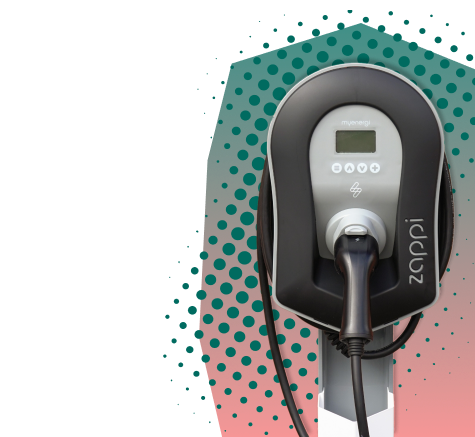The increase in renewable power during the pandemic is not purely circumstantial. As countries around the world adjusted to lockdown measures, the global demand for energy significantly dropped to levels not seen in almost 70 years. Because of this, a shift towards renewables seems to be more than just a temporary short-term trend.
In the past 18 months, many countries have broken renewable energy records. The USA increased its renewable energy consumption by nearly 40% and India by 45%, and Italy, Germany, and Spain have set new records for renewable energy integration to the grid.
Despite the global disruption from the pandemic, the clean energy sector did not come to a halt. In fact, it lead to a re-focus on climate issues. We have investigated the root cause of why renewables are on the rise and the role Covid-19 has played.
Covid-19’s Impact On the Energy Sector
The pandemic has exposed the weakness of our economic system relying on fossil fuels, mainly due to a new demand-led energy crisis. For example, oil prices in the US turned negative for the first time last year, putting jobs in the oil industry at risk. Countries experiencing strict lockdown measures have seen a 25% decline in weekly energy demand as industrial activities have come to a stop. The International Energy Agency (IEA) forecast predicts the global demand for natural gas is on track for its largest decline in history.

Naturally, the shift towards renewable energy is primarily environmental, but there is also a strong economic push by governments to create renewable incentives to mitigate any economic impacts of future pandemics. The IEA says renewable energy could power economic growth post-Covid-19 by almost US$100 trillion by 2050.
Investing in green projects can create jobs and restore economies to their competitive nature. Over time, the global market can build resilience against any more economic hits, so economies can recover faster than those relying on finite resources. Covid-19 has created an opportunity to integrate renewable energy and overall sustainability into our economic system, making it stronger.
Why Renewable Energy Is On The Rise
Green electricity is on track to become the largest power source in 2025, displacing coal, which has dominated the industry for the past 50 years. A mixture of policies, regulations and innovations in the power sector of many countries has led to a shift towards dependence on renewable power.
- The growing acceptance to cut carbon emissions has made renewable energy popular amongst investors. Shares in renewable equipment and project developers have outperformed most major stock market predictions, and the value of shares in solar companies has more than doubled since December 2019.
- Continuous innovation towards a low-carbon future has accelerated the deployment of renewable energy. Technological advancements have opened the way for more effective and reliable equipment and machinery, making wind the fastest-growing energy source across the world.
- The visible climate change effects have compelled governments to take action and impose their targets to bring about a collective transition to a low-carbon economy. A range of policy tools has unblocked non-financial barriers to the deployment of renewable energy, such as the promotion of international action, regulation, financial incentives, voluntary agreement, fiscal measure, public sector procurement and provision of information.
- Sustainability is now ‘mainstream’, with consumer decisions increasingly being influenced by sustainability issues. Such attitudes have been heightened by the pandemic, with 44% of UK consumers saying that COVID-19 has made them more aware of environmental issues. This represents an opportunity for energy companies to benefit from consumers willing to pay a ‘green premium’.
What Opportunities Does The Rise Of Renewables Present Once The Pandemic Subsides?
Covid-19 provides an opportunity to create a lasting shift in the energy sector as we slowly transition towards a circular economy. The development of alternative energy sources of biogas and biomethane from biowaste presents a great potential to recirculate biowaste back into the system. Across the EU, it is thought about 96 million tonnes of biowaste arises annually, and only one third is collected and composted.
Governments and businesses can also spur on a greener economy post-Covid-19. Plenty of lessons have been learned to shape clean energy policies, understand changes in demand patterns and shape a greener grid. Whilst governments roll out new regulations, businesses and investors can unlock the opportunity for innovation by promoting low-carbon supply chains and investing in clean energy markets.
The resilience of renewable energy amid a global crisis shows its agility and sustainable power for the future. Stimulating investment, shaping Covid-19 relief to green recovery and favouring innovation and infrastructure towards low carbon and digital technologies are likely to keep renewable energy on the rise for the foreseeable.
The increase of renewable energy will likely see the emergence of CleanTech startups developing technology to support this growth. If you are looking to scale your CleanTech business, get in touch with our specialist consultants. Their extensive network of CleanTech talent will fit you with the right team to forge a greener future.












